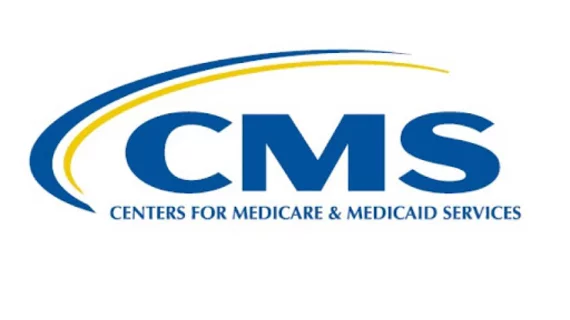CMS’s direct provider contracting model draws mixed response
CMS had requested comments on allowing direct provider contracting (DPC) with Medicare beneficiaries in the form of the alternative payment model (APM). Among major healthcare groups, the response was decidedly mixed, ranging from cautious optimism to telling CMS to focus on other payment reforms.
The Medical Group Management Association favored testing the model in its letter to Adam Boehler, director of the Center for Medicare and Medicaid Innovation (CMMI) at CMS. It could act as a “catalyst” for expanding opportunities for APM participation among physician practices, particularly specialist and independent groups which have few APM options.
A DPC model could also harm those same practices, the letter said, if there aren’t structures in place to make participation possible for smaller providers.
“Without this commitment, the DPC model could drive further consolidation among healthcare providers while forcing independent practices out of business–actions which restrict patients’ access to care,” wrote the MGMA’s senior vice president of government affairs, Anders Gilberg.
The MGMA asked any DPC model emphasize existing CMS initiatives—like reducing administrative burden—while offering money upfront to practices participating in the model to help providers unaccustomed to taking on risk. Any calculation of risk, Gilberg argued, should include the loss of guaranteed payments and whatever investments are made in order to participate.
The American Hospital Association (AHA) expressed similar concerns about balancing the risk in whatever DPC model is developed. The fixed per beneficiary per month (PBPM) payment which would be involved in this sort of model should be “sufficiently high” to attract a broader range of providers, the AHA said, and not punish participants treating riskier patients.
“Importantly, we also strongly urge CMS to not cap risk score growth,” wrote Tom Nickels, the AHA’s executive vice president of government relations. “There are many plausible scenarios under which providers could see significant fluctuation in the risk profile of their patients and artificially suppressing risk scores so that they do not account for these fluctuations would penalize providers who care for a particularly sick population in a given year.”
In general, the AHA encouraged CMS to be as transparent as possible in developing a DPC model. This includes continuing to collect stakeholder feedback and ideas and not leaving interested providers in the dark about what kind of risk they would have to bear.
The American Medical Group Association (AMGA) struck a more negative tone in its letter to CMS. The agency admits a DPC model may duplicate parts of existing APMs, so the AMGA advocated for CMS to focus on strengthening what’s already there rather than a “redundant” model.
In particular, AMGA said the DPC model would have a negative impact on accountable care organizations (ACOs) in the Medicare Shared Savings Program (MSSP) by reducing the number of assignable beneficiaries and dampening provider interest.
“While it is encouraging that CMS is interested in developing new models that are based on primary care, patients, providers, and the Medicare program would be better served by building on the considerable investments already made in the ACO program,” said AMGA president and CEO Jerry Penso, MD, MBA. “We’re concerned that if CMS moves forward with a DPC model, it may compromise the MSSP by reducing the number of providers and beneficiaries who participate in a program that is based on the same goals as a potential DPC model. The innovations in care delivery and payment envisioned in a DPC model could just as easily be tested in the MSSP or the Comprehensive Primary Care Plus demonstration.”

